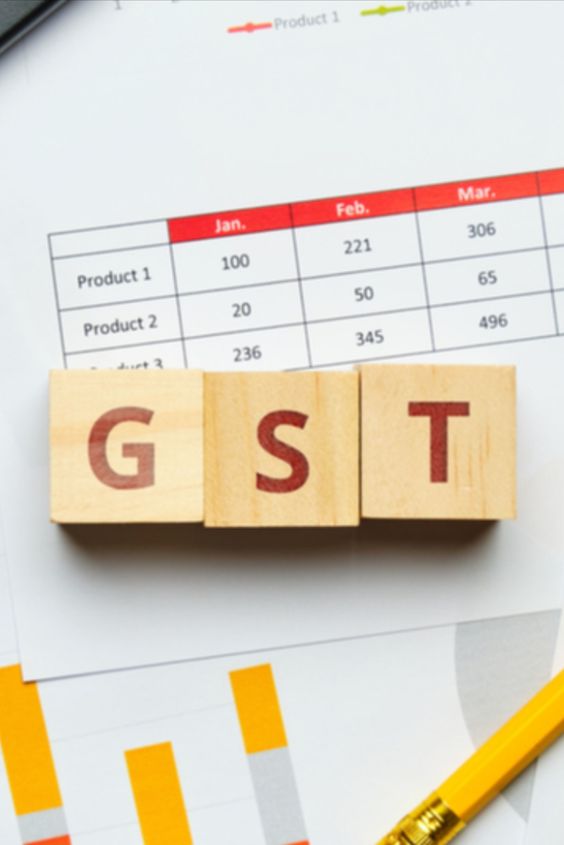The Goods and Services Tax (GST) has transformed the way we think about taxation in India, significantly impacting various sectors, including the furniture industry. If you’re looking to purchase furniture or are involved in selling it, understanding GST on furniture is essential. In this blog, we’ll explore the key aspects of GST on furniture and what it means for consumers and businesses alike.
Stay tuned as we delve into the specifics of GST rates, compliance, and how it influences pricing in the furniture market. Understanding GST on furniture will empower you to make informed decisions, whether you’re a buyer or a seller.
Get in Touch

What is GST on Furniture?
GST on furniture refers to the tax levied on the sale of furniture products under the Goods and Services Tax regime. This tax applies to all types of furniture, including residential, commercial, and custom-made items. The GST on furniture framework simplifies the tax structure and ensures that all stakeholders in the furniture supply chain contribute to tax revenue.
GST on Furniture: Rates for Different Types of Furniture
Furniture is categorized into various segments, and each segment attracts different GST on furniture rates. Here’s a breakdown:
- Wooden Furniture: Generally, wooden furniture is taxed at 18% GST on furniture. This includes items like chairs, tables, and cabinets made primarily of wood.
- Metal and Plastic Furniture: Furniture made from materials like metal or plastic typically falls under the same 18% GST on furniture bracket.
- Mattresses and Sofa Sets: These items also attract an 18% GST on furniture rate. It’s essential to check the composition, as it can affect the tax rate.
- Customized or Designer Furniture: Custom-made or high-end designer furniture may be subject to the same GST on furniture rate, but additional charges for design and craftsmanship could be added to the overall price.

GST on Furniture: Input Tax Credit (ITC) and Its Importance
One of the significant advantages of GST on furniture for businesses is the availability of Input Tax Credit (ITC). This means that if a furniture retailer purchases goods for resale and pays GST on those purchases, they can claim that GST as a credit against the GST they collect from customers. This mechanism reduces the overall tax burden and encourages businesses to maintain proper documentation.
Impact of GST on Furniture Pricing
The implementation of GST on furniture has led to various changes in pricing. Previously, multiple indirect taxes were applicable, which often resulted in higher costs for consumers. With the introduction of GST, while rates can sometimes be higher, the overall transparency in the tax structure benefits consumers in the long run. It also encourages manufacturers to comply more strictly with regulations, which can enhance product quality and variety.
Compliance and Documentation
For businesses dealing in furniture, compliance with GST regulations is crucial. This includes:
- GST Registration: All businesses with a turnover exceeding the threshold limit must register for GST.
- Tax Invoicing: Maintaining proper tax invoices for all sales is essential for claiming ITC.
- Filing Returns: Regular filing of GST returns is mandatory to avoid penalties.
Whether you are buying new furniture or operating in the market, keeping abreast of GST developments is crucial to maximizing benefits and minimizing costs.
Conclusion: Navigating GST on Furniture
Understanding GST on furniture is vital for both consumers and businesses. It not only affects pricing but also plays a significant role in the compliance and operational aspects of the furniture industry. By being informed about the applicable rates, the benefits of ITC, and the compliance requirements, you can make better purchasing decisions or manage your business more effectively.
Whether you are buying new furniture or operating in the market, keeping abreast of GST developments is crucial to maximizing benefits and minimizing costs.
Read Latest Blogs About GST
